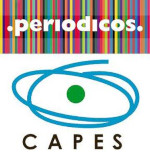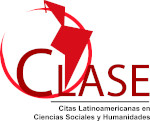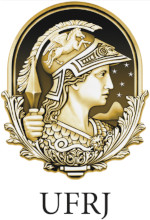"Capital Social": Solução para os Males do Capitalismo Mundializado?
Keywords:
Teoria, Capital Social, Ideologia, Estado-educador, ConformismoAbstract
Esse artigo debate sobre a “teoria do capital social” como nova base ideológica das “políticas de desenvolvimento do milênio”. Na primeira parte apresentar-se-ão uma síntese da “teoria do capital social” desenvolvida por Robert Putnam e uma breve análise de sua abordagem apoiada em Gramsci, mais especificamente em sua obra “A Questão Meridional”, e em autores da atualidade. Numa segunda parte discorrer-se-á sobre as categorias ideologia e Estado-educador em Gramsci, com a finalidade de indicar as possíveis implicações política e cultural desse tipo de abordagem na atual conjuntura do capitalismo, tendo em vista a finalidade de educar para o conformismo. E, num terceiro momento, será tratado como os principais organismos multilaterais incorporaram elementos da “teoria do capital social” dentro de suas especificidades de orientação e de financiamento de políticas sociais.Downloads
Downloads
Published
How to Cite
Issue
Section
License
Commitment to the Provision of Creative Commons Licensing
The Senac Journal of Education and Work is per the BY NC license, free of charge and with no commercial purpose.
In submitting their work for evaluation, the authors undertake to make their work available through the Creative Commons-BY NC license at the website <https://br.creativecommons.org>, thus dispensing with the need for signing any other document or contract with Senac to regulate the availability of their works in the Senac Journal of Education and Work.
The author (s) further declare that they recognize the Senac Journal of Education and Work as an open access journal, whose Policies and Authors Guidelines are available to know on its official website, namely - www.bts .senac.br - and that they can be modified at any time, and immediately any new condition published online.
The names and addresses informed in this journal will be used exclusively for the services provided by this publication and are not available for other purposes or to third parties.




















